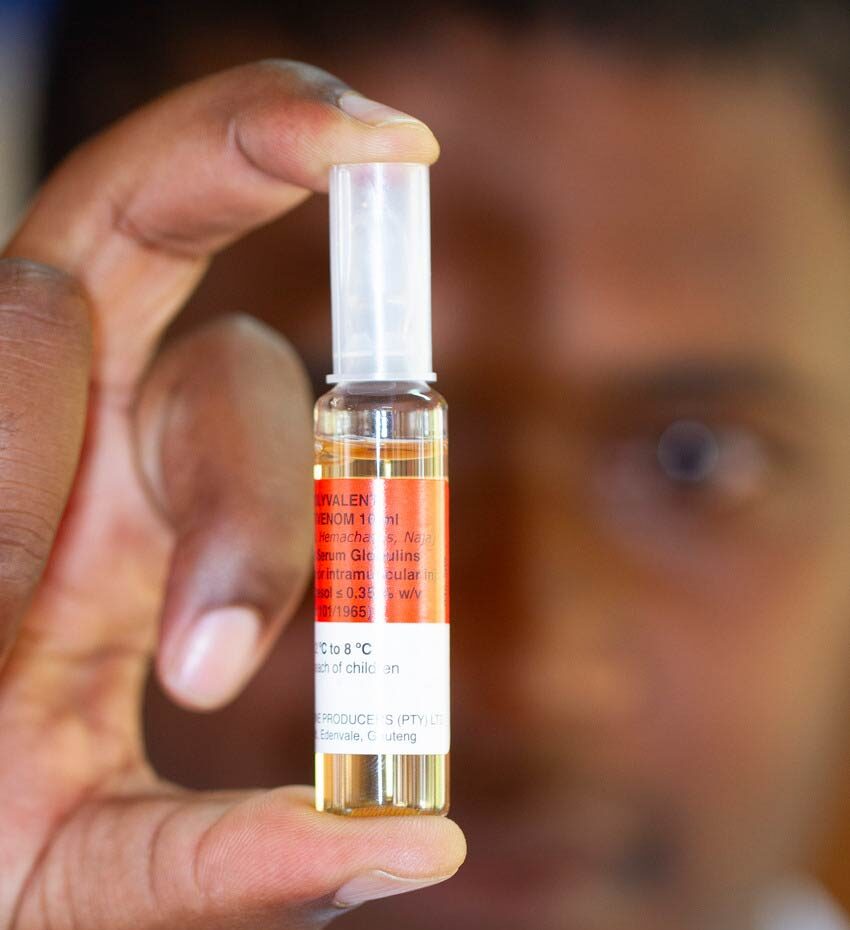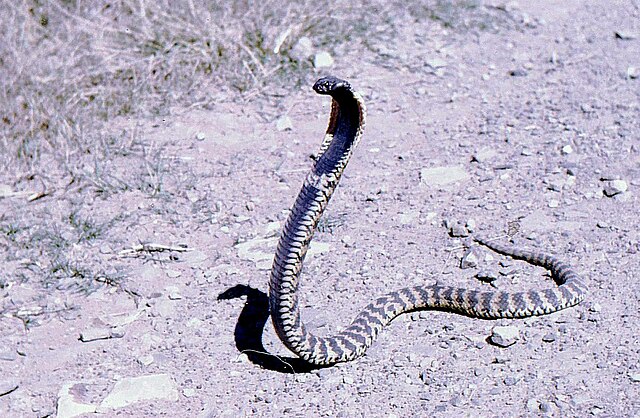With the warmer weather of spring and summer, South Africa’s snake population is more active. The chance of you or one of your household encountering a snake on your smallholding therefore increases. Consequently, the chance of snake bites also increases.
But the good news is that there are many more species of harmless snakes than there are venomous ones, and of those that are venomous only a handful are highly or potentially fatally toxic. So the chance of your victim having been bitten by one of the real “nasties” is greatly outweighed by the chance of having been bitten by a harmless, or only mildly venomous snake.
Furthermore, there are bites and there are bites. For example, depending on where the snake’s fangs are in its mouth, and how effectively it was able to latch on to a limb, the amount of venom injected may vary greatly.
Snake bites: Latest theory
With this in mind here, in a nutshell, is the latest theory and advice on how to deal with somebody who has been bitten, from African Snakebite Institute (ASI) director Johan Marais.
At the outset, forget about treating the bite victim yourself. And, if you have one of those old snakebite kits sold in South Africa some years ago, throw it away.
For a start, the antivenom vials in the kit will long have expired. And use of some of the items in the kit have been proven to be useless and potentially even dangerous. For example applying an arterial tourniquet as suggested in the old kits can cause irrepairable damage, resulting in loss of the limb concerned or worse. And attempts to suck out venom from the bite using the oral dam (a small piece of flexible rubber sheet) or a vacuum syringe are also useless.
Take the victim to the nearest hospital for treatment, having first – hopefully – identified the snake involved.
Cytotoxic venom
Nine out of ten serious snake bites are from predominantly cytotoxic venom. This is venom that affects flesh in the immediate vicinity of the bite. It is relatively slow-acting so even if your smallholding is some distance from a hospital you still have time to drive the victim in yourself.
The effect of this venom is to cause swelling, localised pain and eventually death of the flesh itself (necrosis).
The other type of venom enters the bloodstream and affects the body’s organs and central nervous system, heart, etc (neurotoxic venom).
Antivenom manufacturer
The current science around antivenom is that South Africa’s sole manufacturer SA Vaccine Producers (part of the National Health Laboratories organisation) formulates two types. They make the polyvalent type from the venom of ten snake species, while they use boomslang venom to make the monovalent one.

Similar serums are made internationally, and are sometimes imported, but at higher cost than the South African versions.
The ASI’s Marais stresses that these antivenoms are not first aid products. They should only be administered by doctors in a hospital environment, and then not in every case. Doctors will first attempt to treat the victim symptomatically, dealing with pain, cardiac issues or breathing problems as they arise. Part of the reason for this is that about half of the patients treated with antivenom show varying degrees of allergic reaction (anaphylaxis), which in extreme cases can be more dangerous (even potentially fatal) than the snakebite itself.
Multiple ampoules
The other problem with antivenom is that if the bite is deemed severe enough to warrant it, the patient is given between six and twelve vials, over a 30 minute period, via a saline drip. And in more extreme cases further vials may also be necessary. So it is not a simple one-vial injection, and the cost of multiple vials can become eyewatering.
It should also be remembered that vets use the same antivenoms to treat snake bites in livestock and pets. Given the size of the animals being treated, multiple vials are needed – again at great cost.
Current antivenom stocks
The good news, however, is that currently there are sufficient stocks of fresh antivenom available to cope with the needs of the current season, with more in the pipeline as required.
And, as a stop-gap, the internationally manufactured alternatives are also available. However, because about double the number of vials need to be used when compared to the South African varieties this can be a very expensive exercise.
Free snake app on your phone
The African Snakebite Institute has a number of resources on the internet around the subject of snake identification, bite management for laymen and for first responders (paramedics).
Download this app to your phone if you venture into the countryside this summer. Picture: African Snakebite Institute.It also has a free app (). Anybody venturing into snake country, whether as a resident or as a hiker or camper should load this app to their phones. The first aid section has specific information on what to do, and NOT do, for example in the case of a Black Mamba or Cape Cobra bite.
And, the ASI is holding snake awareness courses in the Western Cape, KwaZulu-Natal and Gauteng in early December. You can find details on its website. Go to www.africansnakebiteinstitute.com
To read other articles about wildlife on your smallholding click here.
Main image: iNaturalist from Wikimedia Commons.

